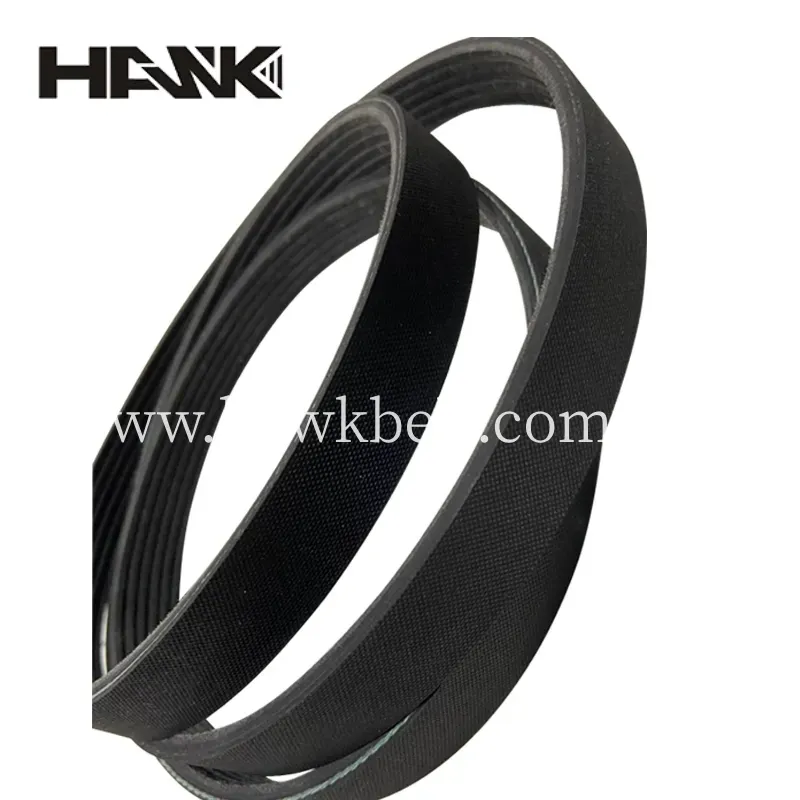- Arabic
- French
- Russian
- Spanish
- Portuguese
- Turkish
- Armenian
- English
- Albanian
- Amharic
- Azerbaijani
- Basque
- Belarusian
- Bengali
- Bosnian
- Bulgarian
- Catalan
- Cebuano
- Corsican
- Croatian
- Czech
- Danish
- Dutch
- Afrikaans
- Esperanto
- Estonian
- Finnish
- Frisian
- Galician
- Georgian
- German
- Greek
- Gujarati
- Haitian Creole
- hausa
- hawaiian
- Hebrew
- Hindi
- Miao
- Hungarian
- Icelandic
- igbo
- Indonesian
- irish
- Italian
- Japanese
- Javanese
- Kannada
- kazakh
- Khmer
- Rwandese
- Korean
- Kurdish
- Kyrgyz
- Lao
- Latin
- Latvian
- Lithuanian
- Luxembourgish
- Macedonian
- Malgashi
- Malay
- Malayalam
- Maltese
- Maori
- Marathi
- Mongolian
- Myanmar
- Nepali
- Norwegian
- Norwegian
- Occitan
- Pashto
- Persian
- Polish
- Punjabi
- Romanian
- Samoan
- Scottish Gaelic
- Serbian
- Sesotho
- Shona
- Sindhi
- Sinhala
- Slovak
- Slovenian
- Somali
- Sundanese
- Swahili
- Swedish
- Tagalog
- Tajik
- Tamil
- Tatar
- Telugu
- Thai
- Turkmen
- Ukrainian
- Urdu
- Uighur
- Uzbek
- Vietnamese
- Welsh
- Bantu
- Yiddish
- Yoruba
- Zulu
செப் . 05, 2024 08:12 Back to list
Timing Belt vs Timing Chain
Timing Belts and Chains Understanding Their Role in Engine Performance
When it comes to automotive engineering, the timing belt and timing chain are two critical components that play an essential role in the performance and efficiency of an internal combustion engine. Both serve the purpose of synchronizing the rotation of the crankshaft and camshaft(s), ensuring that the engine’s valves open and close at the appropriate times during the combustion cycle. This synchronization is vital for optimal engine performance, fuel efficiency, and avoiding potential engine damage.
Timing Belts
Timing belts are made from reinforced rubber and are typically toothed, which helps them grip the gears effectively. One of the primary advantages of timing belts is their lightweight design and lower noise levels during operation. They require less maintenance compared to timing chains, and many manufacturers recommend replacing them every 60,000 to 100,000 miles, depending on the vehicle model.
However, timing belts have their disadvantages. They can be more susceptible to wear and tear from heat and oil, which can lead to failure if not changed at the recommended intervals. When a timing belt fails, it can cause catastrophic engine damage, especially in interference engines where the pistons and valves occupy the same space. This makes timely replacement crucial for vehicle owners.
timing belt and chain

Timing Chains
In contrast, timing chains are made from metal and are generally more robust and durable than timing belts. They are designed to last the lifetime of the engine, which means they often do not require regular replacement under normal operating conditions. Timing chains utilize oil for lubrication, which helps reduce friction and wear over time.
Despite their durability, timing chains can be noisier than timing belts and may sometimes suffer from issues like chain stretch, which can affect timing accuracy. Additionally, if a timing chain does fail, it can lead to severe engine damage, similar to a timing belt failure. This means that while they are built to last, proper maintenance and attention to engine health remain important.
Conclusion
In summary, both timing belts and timing chains are integral to an engine's operation, contributing to the precise timing of valve movements critical for optimal performance. Vehicle owners should be aware of the maintenance requirements for their particular engine type—whether it utilizes a timing belt or chain. Regular inspections and adherence to replacement intervals can prevent unexpected failures and maintain engine health, ensuring both performance and longevity of the vehicle. Ultimately, understanding the differences between timing belts and chains can arm drivers with the knowledge to make informed decisions regarding their vehicle maintenance.
-
Korean Auto Parts Timing Belt 24312-37500 For Hyundai/Kia
NewsMar.07,2025
-
7PK2300 90916-T2024 RIBBED BELT POLY V BELT PK BELT
NewsMar.07,2025
-
Chinese Auto Belt Factory 310-2M-22 For BMW/Mercedes-Benz
NewsMar.07,2025
-
Chinese Auto Belt Factory 310-2M-22 For BMW/Mercedes-Benz
NewsMar.07,2025
-
90916-02660 PK Belt 6PK1680 For Toyota
NewsMar.07,2025
-
drive belt serpentine belt
NewsMar.07,2025

